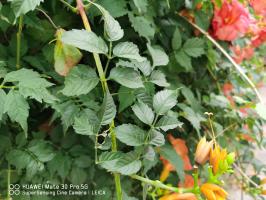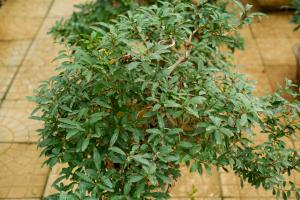How to Design Plant Pots
Plant pots are an essential accessory for gardening enthusiasts who want to make their plants stand out. They come in various sizes, shapes, materials, and finishes, making it challenging to choose the perfect design that fits your style and preferences. To design plant pots that will complement your space, follow these tips.
Choose the Right Material
The material of your plant pot determines its durability, aesthetic appeal, and suitability for indoor or outdoor use. Common materials for plant pots include clay, terracotta, plastic, metal, wood, ceramic, and concrete.
Clay and terracotta are ideal for outdoor use, as they provide insulation and drainage to the plants. Plastic is the most affordable option and is suitable for indoor use. Metal plant pots, on the other hand, offer a modern and industrial feel, while wood and ceramic create a natural and rustic look. Concrete plant pots are perfect for massive plants since they're sturdy and can withstand extreme weather conditions.
Consider Shape and Size
The shape and size of your plant pot depend on the size and shape of the plant itself. If you're adding small plants like succulents, cacti, or herbs, choose tiny and compact pots that will provide ample space for growth. However, if you plan to grow larger plants, you'll need a bigger pot that's deep enough to accommodate the plant's roots.
The shape of your plant pot also affects the aesthetic appeal. Round plant pots are most common and work well with most plants. However, if you're aiming for an avant-garde feel, you can choose plant pots with unusual shapes like triangular, square, or hexagonal. Remember that the shapes should consistently complement your space and other plant pots.
Think About Colors and Finishes
The color and finish of your plant pot impact the overall look and aesthetics of the space. You can choose from different finishes like matte, glossy, metallic, or textured, based on your preference. Similarly, for colors, you can go for bright and bold options that pop, neutral colors that blend with the surroundings, or complementing colors that match the plant's leaves.
You can choose to have uniform or contrasting plant pots. Using the same color or finish, even with different shapes and sizes, will create a cohesive feel, giving your space a sense of consistency. On the other hand, contrasting colors and finishes will make your plants and plant pots stand out, emphasizing the beauty of your greenery.
Create a Cohesive Look
To create a seamless look, it's essential to have a plan and theme for your plant pots. Decide on a color palette, and stick to it while considering other elements such as texture, shape, and size. A cohesive look will make your space feel well put together and polished.
You can also experiment with different sets of plants and plant pots by playing with height and color. Group small plant pots of different shapes and colors on a bookshelf or windowsill to add life and vibrancy to your room. Take a more relaxed approach by scattering different-sized plant pots around the living space for a more eclectic vibe.
Conclusion
Designing plant pots may seem like a challenging task, but with a clear plan and the right materials, anyone can create stunning plant pots that complement their space. Choose the right material for your plant's needs, consider the shape and size, and think about colors and finishes to create a cohesive look. With these tips, you can design plant pots that will make your plants stand out and add life to your space.

 how many times do yo...
how many times do yo... how many planted tre...
how many planted tre... how many pine trees ...
how many pine trees ... how many pecan trees...
how many pecan trees... how many plants comp...
how many plants comp... how many plants can ...
how many plants can ... how many plants and ...
how many plants and ... how many pepper plan...
how many pepper plan...






























